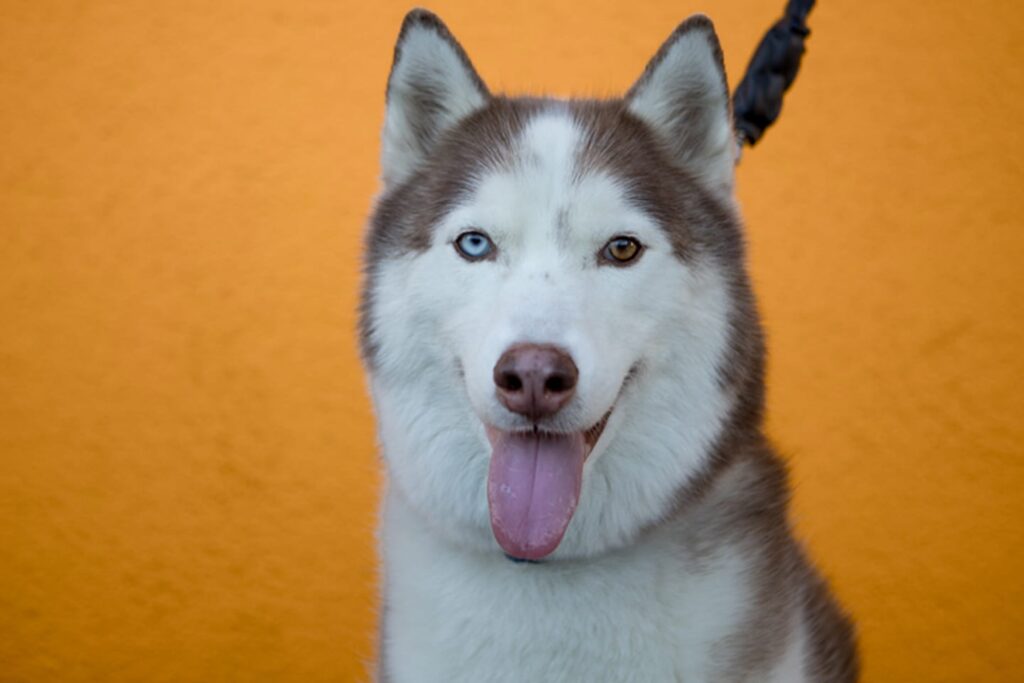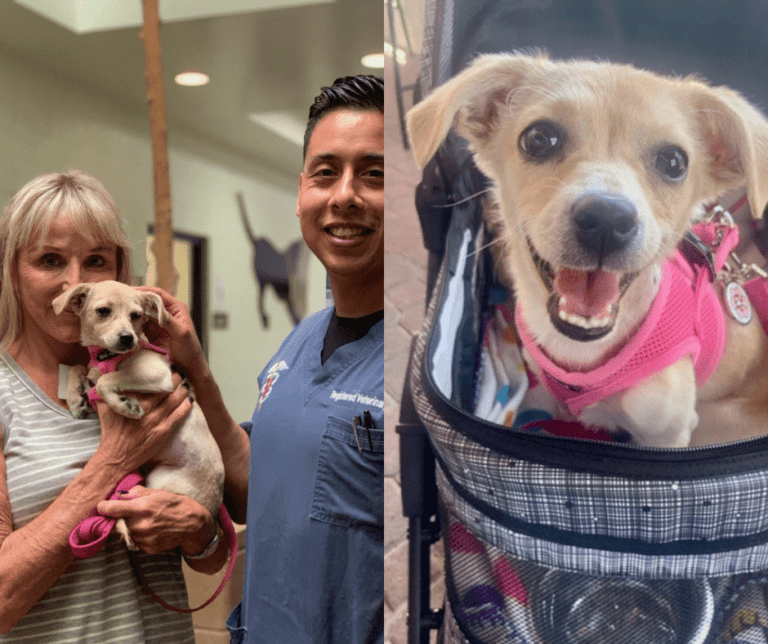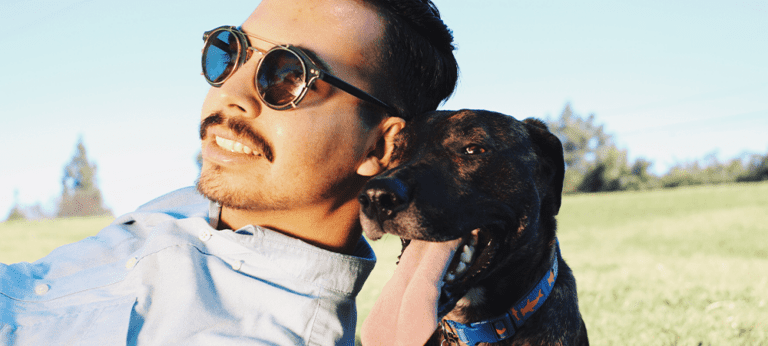Obedience Training: How to Train Your Dog With Positive Reinforcement

Obedience training is one of the first things to cross the mind of a new dog owner. How do I train my dog? What if my dog has established bad habits? CAN you really teach an old dog new tricks?
You can indeed teach an old dog new tricks and establish good habits in a dog – no matter what age they are. And one of the best ways, and humane at that, is through positive reinforcement.
What Is Positive Reinforcement?
Positive reinforcement works by rewarding your dog for performing a positive action. This reward can be verbal praise, scritches behind the ear or delicious treats. Doggie brains notice cause and effect. “If I sit, I get yummy biscuits! Wow, I should sit every time I’m asked!” And practice makes perfect. Even if your pup doesn’t at first notice the pattern of Command + Obedience = Reward, it’s likely they will pick up on it after practice.
Negative reinforcement is another training method through which you “punish” your pet for a negative behavior. An example of humane negative reinforcement is shaking an empty soda can filled with coins whenever your dog barks at a passerby. You should, of course, NEVER hit your dog, kick them or rub their nose in a potty accident.
Negative reinforcement can be a useful tool when going through obedience training, but this article will focus on positive reinforcement. Positive reinforcement tends to be a more enjoyable training technique. It will leave you and your pooch looking forward to each training session!
How to Housetrain Your Dog
Housetraining is probably at the top of your obedience training to-do list, particularly if you have a young puppy or dog who used to live on the street. How do you train your dog to go to the bathroom outside? That’s right – you guessed it. Positive reinforcement is the answer.
While it’s possible to break bad habits, it’s even easier to establish good habits right away. Housetraining can begin immediately when you first take your dog or puppy home. Before you even enter your home, stand outside or take your dog for a walk. Don’t go inside until your pet has at least peed. This action establishes a good habit right off the bat. Taking this step tells your dog, “Here’s your bathroom, buddy.” Ideally, they’ll recognize their bathroom is outside, not inside. Then make sure to reinforce the positive behavior with a treat.
But what if you dog hasn’t taken the hint? What if they have an accident? Fear not! Again, positive reinforcement to the rescue! Even if your dog is lovably clueless – the type that repeatedly runs into glass doors – it’s possible to teach them to not have accidents in the house. Reward them every time they go to the bathroom outside. If they have an accident, or start to have an accident, hurry to get them outside. And take your dog out often. The more chances they have to use the bathroom outside, the better.
Still can’t get your dog to go to go potty outside? Try crate-training. Buy your dog a crate that is big enough for them to stand in and move around a little bit. Put your pooch inside the crate for a few hours, in between trips outdoors. The limited living space discourages dogs from having accidents. They like to keep their “bathroom” and “bedroom” separate, so this could be the trick to housetraining them.



